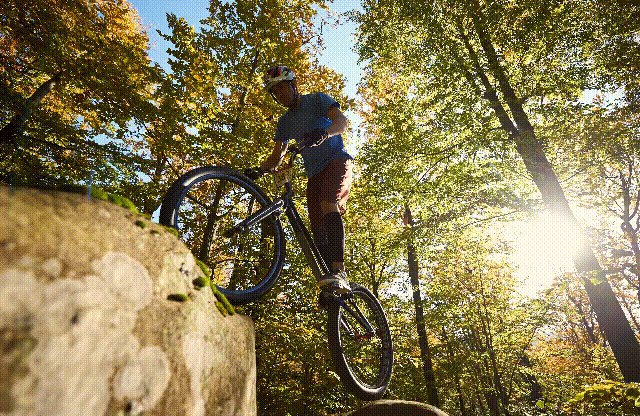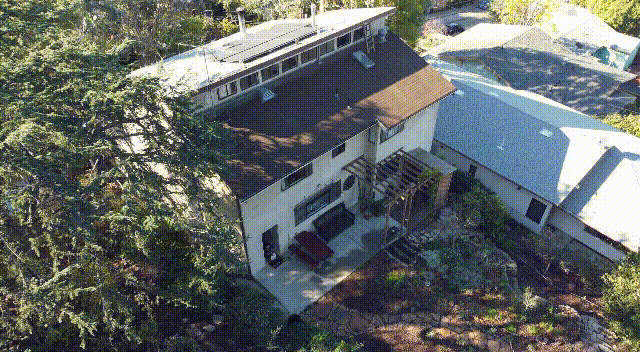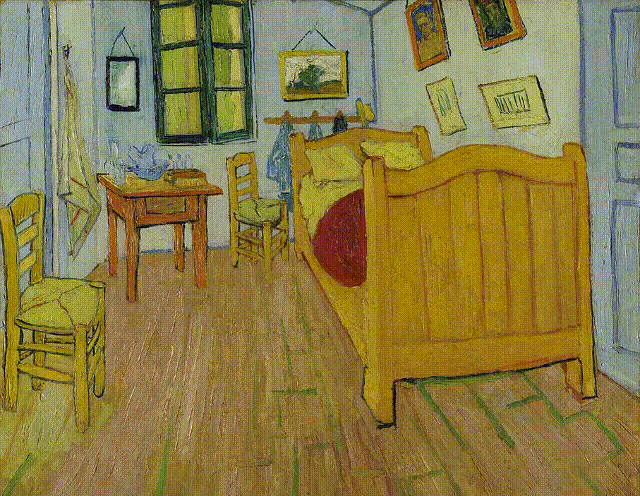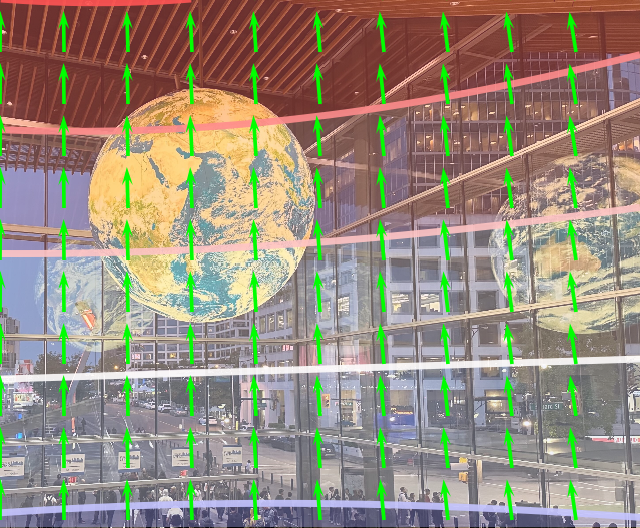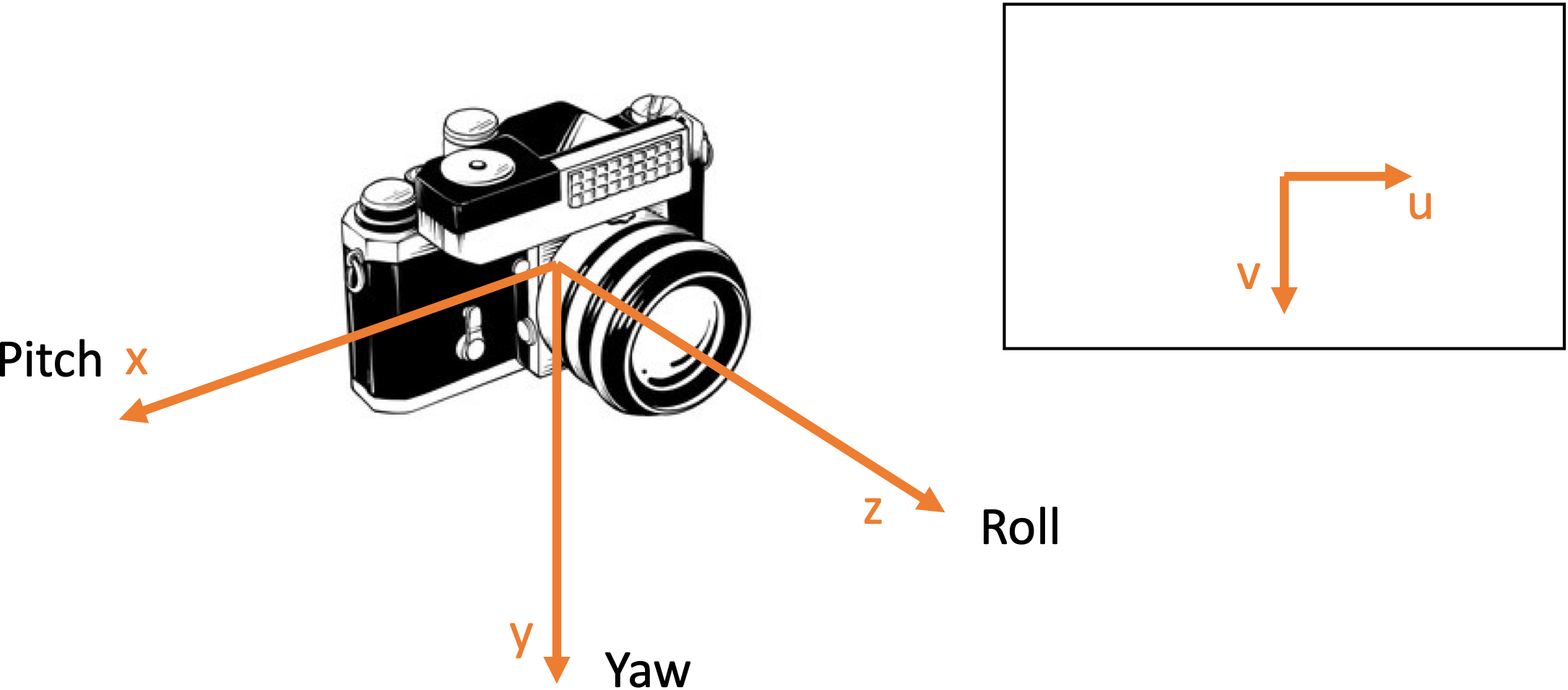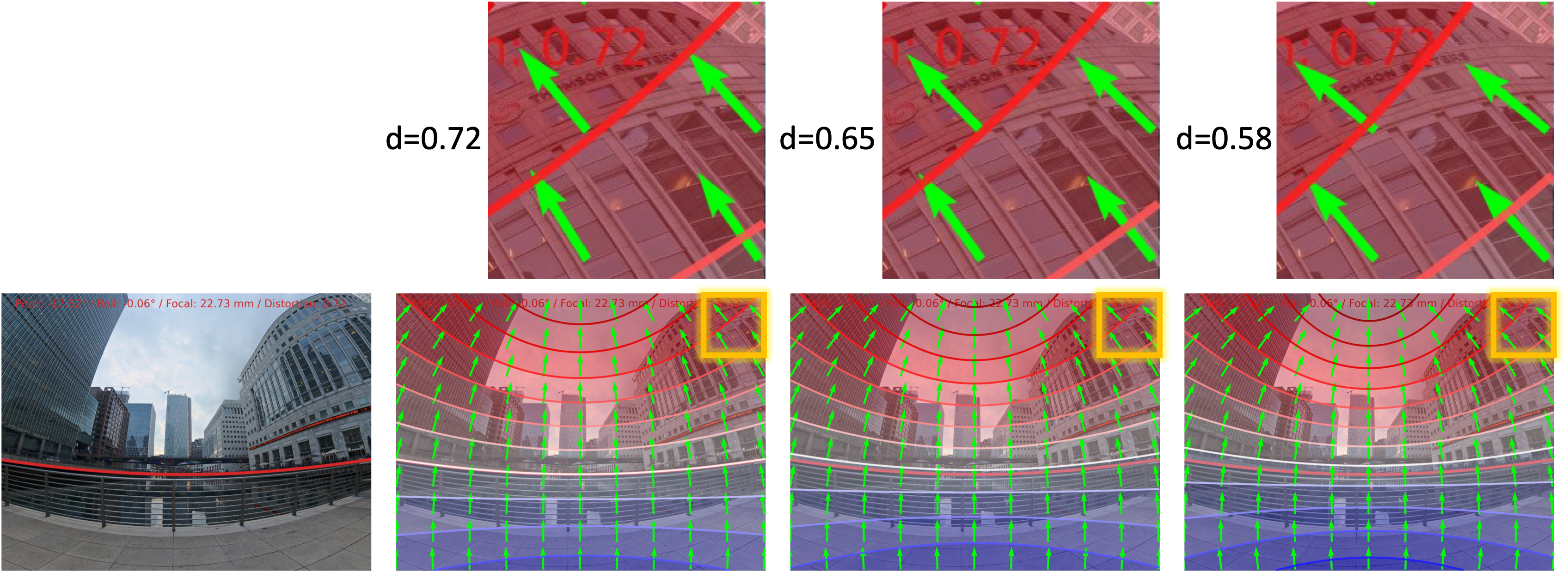CVPR 2023 (✨Highlight)
Linyi Jin1, Jianming Zhang2, Yannick Hold-Geoffroy2, Oliver Wang2, Kevin Matzen2, Matthew Sticha1, David Fouhey1
1University of Michigan, 2Adobe ResearchWe propose Perspective Fields as a representation that models the local perspective properties of an image. Perspective Fields contain per-pixel information about the camera view, parameterized as an up vector and a latitude value.
📷 From Perspective Fields, you can also get camera parameters if you assume certain camera models. We provide models to recover camera roll, pitch, fov and principal point location.
- [April 2024]: 🚀 We've launched an inference version (
mainbranch) with minimal dependencies. For training and evaluation, please checkouttrain_evalbranch. - [July 2023]: We released a new model trained on 360cities and EDINA dataset, consisting of indoor🏠, outdoor🏙️, natural🌳, and egocentric👋 data!
- [May 2023]: Live demo released 🤗. https://huggingface.co/spaces/jinlinyi/PerspectiveFields. Thanks Huggingface for funding this demo!
- Environment Setup
- Demo
- Model Zoo
- Coordinate Frame
- Camera Parameters to Perspective Fields
- Visualize Perspective Fields
- Citation
- Acknowledgment
PerspectiveFields requires python >= 3.8 and PyTorch. | Pro tip: use mamba in place of conda for much faster installs.
# install pytorch compatible to your system https://pytorch.org/get-started/previous-versions/
conda install pytorch=1.10.0 torchvision cudatoolkit=11.3 -c pytorch
pip install git+https://github.com/jinlinyi/PerspectiveFields.gitAlternatively, install the package locally,
git clone git@github.com:jinlinyi/PerspectiveFields.git
# create virtual env
conda create -n perspective python=3.9
conda activate perspective
# install pytorch compatible to your system https://pytorch.org/get-started/previous-versions/
# conda install pytorch torchvision cudatoolkit -c pytorch
conda install pytorch=1.10.0 torchvision cudatoolkit=11.3 -c pytorch
# install Perspective Fields.
cd PerspectiveFields
pip install -e .For training and evaluation, please checkout the train_eval branch.
Here is a minimal script to run on a single image, see demo/demo.py:
import cv2
from perspective2d import PerspectiveFields
# specify model version
version = 'Paramnet-360Cities-edina-centered'
# load model
pf_model = PerspectiveFields(version).eval().cuda()
# load image
img_bgr = cv2.imread('assets/imgs/cityscape.jpg')
# inference
predictions = pf_model.inference(img_bgr=img_bgr)
# alternatively, inference a batch of images
predictions = pf_model.inference_batch(img_bgr_list=[img_bgr_0, img_bgr_1, img_bgr_2])- Or checkout Live Demo 🤗.
- Notebook to Predict Perspective Fields.
| Model Name and Weights | Training Dataset | Config File | Outputs | Expected input |
|---|---|---|---|---|
| [NEW]Paramnet-360Cities-edina-centered | 360cities and EDINA | paramnet_360cities_edina_rpf.yaml | Perspective Field + camera parameters (roll, pitch, vfov) | Uncropped, indoor🏠, outdoor🏙️, natural🌳, and egocentric👋 data |
| [NEW]Paramnet-360Cities-edina-uncentered | 360cities and EDINA | paramnet_360cities_edina_rpfpp.yaml | Perspective Field + camera parameters (roll, pitch, vfov, cx, cy) | Cropped, indoor🏠, outdoor🏙️, natural🌳, and egocentric👋 data |
| PersNet-360Cities | 360cities | cvpr2023.yaml | Perspective Field | Indoor🏠, outdoor🏙️, and natural🌳 data. |
| PersNet_paramnet-GSV-centered | GSV | paramnet_gsv_rpf.yaml | Perspective Field + camera parameters (roll, pitch, vfov) | Uncropped, street view🏙️ data. |
| PersNet_Paramnet-GSV-uncentered | GSV | paramnet_gsv_rpfpp.yaml | Perspective Field + camera parameters (roll, pitch, vfov, cx, cy) | Cropped, street view🏙️ data. |
yaw / azimuth: camera rotation about the y-axis
pitch / elevation: camera rotation about the x-axis
roll: camera rotation about the z-axis
Extrinsics: rotz(roll).dot(rotx(elevation)).dot(roty(azimuth))
Checkout Jupyter Notebook. Perspective Fields can be calculated from camera parameters. If you prefer, you can also manually calculate the corresponding Up-vector and Latitude map by following Equations 1 and 2 in our paper. Our code currently supports:
- Pinhole model [Hartley and Zisserman 2004] (Perspective Projection)
from perspective2d.utils.panocam import PanoCam
# define parameters
roll = 0
pitch = 20
vfov = 70
width = 640
height = 480
# get Up-vectors.
up = PanoCam.get_up(np.radians(vfov), width, height, np.radians(pitch), np.radians(roll))
# get Latitude.
lati = PanoCam.get_lat(np.radians(vfov), width, height, np.radians(pitch), np.radians(roll))- Unified Spherical Model [Barreto 2006; Mei and Rives 2007] (Distortion).
xi = 0.5 # distortion parameter from Unified Spherical Model
x = -np.sin(np.radians(vfov/2))
z = np.sqrt(1 - x**2)
f_px_effective = -0.5*(width/2)*(xi+z)/x
crop, _, _, _, up, lat, xy_map = PanoCam.crop_distortion(equi_img,
f=f_px_effective,
xi=xi,
H=height,
W=width,
az=yaw, # degrees
el=-pitch,
roll=-roll)We provide a one-line code to blend Perspective Fields onto input image.
import matplotlib.pyplot as plt
from perspective2d.utils import draw_perspective_fields
# Draw up and lati on img. lati is in radians.
blend = draw_perspective_fields(img, up, lati)
# visualize with matplotlib
plt.imshow(blend)
plt.show()Perspective Fields can serve as an easy visual check for correctness of the camera parameters.
- For example, we can visualize the Perspective Fields based on calibration results from this awesome repo.
-
Left: We plot the perspective fields based on the numbers printed on the image, they look accurate😊;
-
Mid: If we try a number that is 10% off (0.72*0.9=0.648), we see mismatch in Up directions at the top right corner;
-
Right: If distortion is 20% off (0.72*0.8=0.576), the mismatch becomes more obvious.
If you find this code useful, please consider citing:
@inproceedings{jin2023perspective,
title={Perspective Fields for Single Image Camera Calibration},
author={Linyi Jin and Jianming Zhang and Yannick Hold-Geoffroy and Oliver Wang and Kevin Matzen and Matthew Sticha and David F. Fouhey},
booktitle = {CVPR},
year={2023}
}
This work was partially funded by the DARPA Machine Common Sense Program. We thank authors from A Deep Perceptual Measure for Lens and Camera Calibration for releasing their code on Unified Spherical Model.


